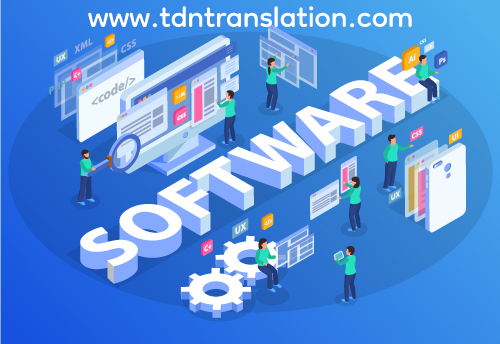
Here are some of the top translation software tools available today, each with its strengths depending on your needs, such as accuracy, ease of use, and available languages:
Top translation software
- Google Translate
- Best for: Quick, general translations.
- Features: Supports over 100 languages, text, voice, and image translation, free to use, and available as a web tool and mobile app.
- Pros: Very user-friendly, large language support, can translate text, images, and speech.
- Cons: Sometimes lacks accuracy with idiomatic expressions and complex sentences.
- DeepL Translator
- Best for: High-quality, natural-sounding translations.
- Features: Supports fewer languages (about 33), but offers very accurate and nuanced translations, especially in European languages. Available as a web tool and desktop app.
- Pros: Known for producing more natural-sounding translations than Google Translate, especially for European languages.
- Cons: Limited language support compared to Google Translate.
- Microsoft Translator (or Bing Translator)
- Best for: Business or team collaboration.
- Features: Supports text, voice, and image translation in over 70 languages. Offers integration with other Microsoft Office tools like Word and PowerPoint.
- Pros: Easy integration with Microsoft ecosystem, strong collaboration features.
- Cons: Less intuitive interface than Google Translate.
- iTranslate
- Best for: Language learners and travelers.
- Features: Offers translation in over 100 languages, including text, voice, and offline translation. Includes a dictionary and verb conjugation tool.
- Pros: Available on mobile devices with offline capabilities, has a useful voice translation feature.
- Cons: Some advanced features require a subscription.
- Reverso
- Best for: Contextual translations and learning.
- Features: Provides translations along with contextual examples, conjugation, and dictionary features. Available for 15+ languages.
- Pros: Great for learning languages, shows contextual examples, and has pronunciation features.
- Cons: Limited languages compared to Google Translate.
- Amazon Translate
- Best for: Businesses with large-scale translation needs.
- Features: Cloud-based translation tool that offers deep learning-based translations, supporting 70+ languages.
- Pros: Scalable for enterprise use, highly accurate, and customizable.
- Cons: Requires integration into AWS services and can be costly for extensive use.
- SYSTRAN
- Best for: Enterprise and professional translations.
- Features: Supports over 50 languages, offers specialized translation models (business, legal, medical).
- Pros: Great for specialized translation needs, enterprise-level integration.
- Cons: Expensive and geared more toward business use.
- Linguee
- Best for: Bilingual users looking for contextual translations.
- Features: Combines a dictionary and translation search engine with translations sourced from the web.
- Pros: Good for learning idiomatic expressions and finding real-world examples of translated phrases.
- Cons: Limited language support compared to other tools.
- Papago
- Best for: Asian languages.
- Features: Focused on Asian languages, supports text, voice, and image translations, and has a dictionary and phrasebook feature.
- Pros: Highly accurate for languages like Korean, Japanese, and Chinese.
- Cons: Limited language support beyond Asia.
- Translate.com
- Best for: Professional translations by humans.
- Features: Provides both machine translation and professional human translation services for over 90 languages.
- Pros: Offers a combination of machine and human translation for high accuracy.
- Cons: Machine translations can still lack nuance, and human services come at a cost.
These tools cater to different needs, from casual translations for travelers to professional, industry-specific translation services.

